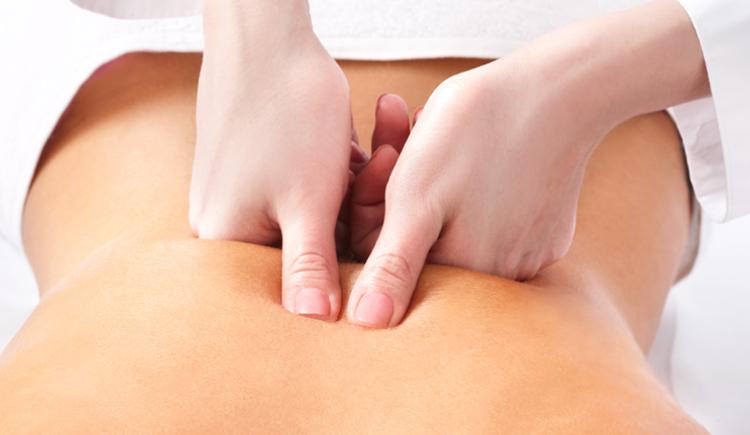Balance Body and Bike
People have been riding bikes since the 1800s, however in recent years the number of people cycling, has surged. No longer is it an elite competitive sport, it’s now a worldwide, mass-participation activity. The success of the GB Team in Olympic, Commonwealth Games and World Championships has helped raise the profile of the sports and greatly increased participation levels among the general public.

It’s not just a means of getting you from A to B or the fact that it’s an opportunity that’s available to most people, regardless of age, size or ability, cycling is great exercise. It is an extremely effective form of low weight-bearing cardio (aerobic) exercise. While weight-bearing activity like running is important to maintain good bone health, it’s a very good idea to mix it up with some non-weight-bearing activities like cycling and swimming.
Cycling can also be an adventure, getting out on trails and exploring new areas, taking in beautiful views or just the fresh air. And although your cycling sessions can be solitary if you want them to be, it is also a great sport to do with others, creating lots of opportunities for forming new friendships and building new communities.
For those of us who are more competitive, there are plenty of opportunities to put ourselves to the test, with a huge range of long and short distance competitions, charity events, and multi-sport challenges like triathlons. This brings the added satisfaction of giving us physical goals and challenges to work towards.
Then there’s the green aspect - opting to ride a bike instead of using a car keeps pollution and gas related emissions at zero.
But most of all its fun and it makes you happy, thanks to the hormones called endorphins, which are released when you exercise.
But fitness can also be fickle. One minute you’re in the form of your life, and the next you find yourself struggling to rotate the pedals without pain. Cycling injuries are an unfortunate downside to the sport, and some people are more prone to suffering them, than others.
There are two main types of cycling injuries, those caused by falling off (acute injury), often resulting in fractures, contusions, abrasions and concussion. And then the more common overuse injuries caused by the repetitive nature of cycling including overtraining, biomechanical stresses, often due to muscle imbalances, and incorrect bike set-up.
This is why being posturally assessed and having your bike set up checked, are particularly important if you plan on cycling regularly. And just because you have it done one year, doesn’t mean you’re sorted. Everyday activities affect our muscles balances and this can change over time. And it is very frequently these muscle imbalances, that cause injury.
We’ve put together leaflets on 8 of the most common cycling injuries. Each leaflet is packed full of practical advice on things you can do both in terms of your body conditioning as well as your bike set up, to both prevent injuries happening in the first place, as well as rehabilitate existing ones.
The majority of cyclists are familiar with the benefits of a regular sports massage for prevention and treatment of cycling related injuries, in particular the prevention of overuse injuries and stresses.
The following injuries, specific to cycling, are covered:
- Burning feet (metatarsalgia)
- Achilles tendon pain
- Knee pain
- Iliotibial band pain
- Hip pain
- Back pain
- Hand pain
- Neck pain
A combination of techniques are used to combat these problems including soft tissue release, trigger point therapy, deep tissue massage and Kinesiology taping
To download any of these leaflets click this link: https://www.co-kinetic.com/landing/page?user_id=1577&campaign_id=765
